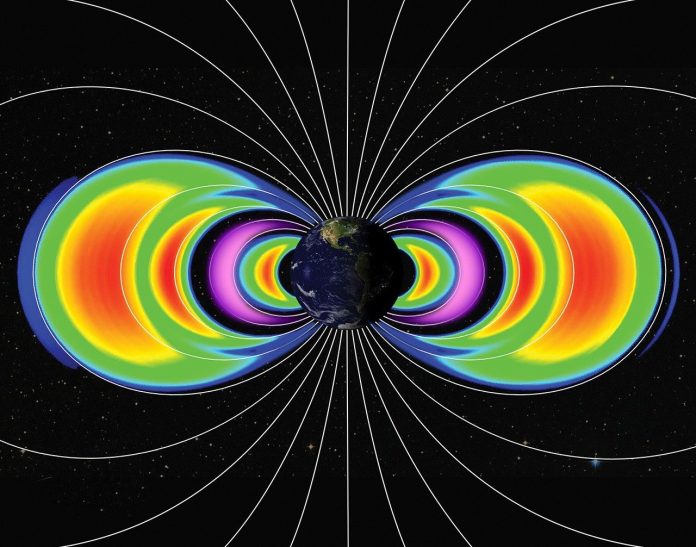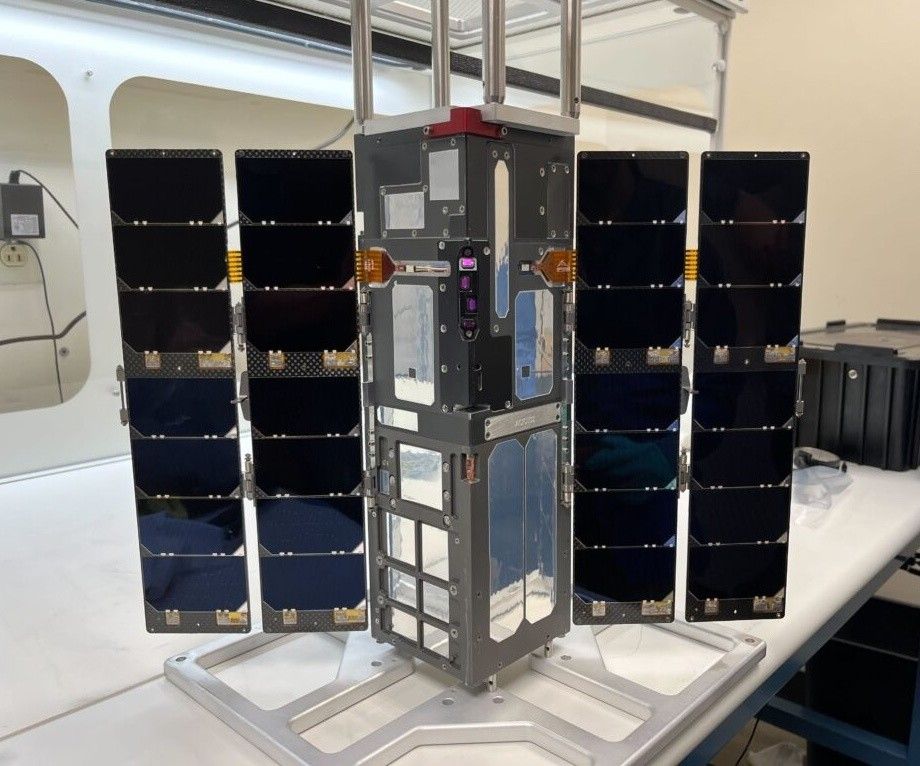
A historic solar storm in May 2024 not only triggered spectacular auroras but also created two new temporary radiation belts around Earth
This discovery, made by a NASA CubeSat, reveals previously unseen dynamics in our planet’s magnetosphere and has important implications for space technology.
The most powerful solar storm in two decades, which struck Earth in May 2024, not only lit up skies with dazzling auroras and briefly disrupted some GPS systems but also triggered the formation of two new, temporary radiation belts surrounding the planet.
This remarkable discovery, made by a revived NASA CubeSat, has provided scientists with invaluable data particularly significant for spacecraft navigating geostationary orbits, as these paths intersect the newly discovered belts.
New radiation belts amaze scientists
Temporary radiation belts, composed of energetic charged particles, have been observed following previous major solar storms. However, the belts created by the May 2024 storm were unique in both their composition and longevity. While earlier temporary belts primarily consisted of electrons, the innermost of the two new belts contained a significant population of protons in addition to electrons.
This unusual mix, likely a result of the storm’s intensity and particle makeup, surprised researchers. “When we compared the data from before and after the storm, I said, ‘Wow, this is something really new,’” explained Xinlin Li, lead author of the study and a professor at the University of Colorado Boulder. “This is really stunning.”
Furthermore, the new belts proved remarkably persistent. Previous temporary belts typically dissipated within about four weeks. In contrast, the electron-dominated belt created by the 2024 storm persisted for over three months. The other belt, containing both protons and electrons, proved even more resilient, likely due to its location in a more stable region of the magnetosphere. It is suspected that this proton-electron belt may still exist today. “These are really high-energy electrons and protons that have found their way into Earth’s inner magnetic environment,” noted David Sibeck, a research scientist at NASA’s Goddard Space Flight Center. “Some might stay in this place for a very long time.”
CubeSat comes back to life to make the discovery
The remarkable discovery was made possible by NASA’s Colorado Inner Radiation Belt Experiment (CIRBE) CubeSat, a small, shoebox-sized satellite designed and built by the Laboratory for Atmospheric and Space Physics (LASP) at the University of Colorado Boulder. CIRBE carried the Relativistic Electron Proton Telescope integrated little experiment-2 (REPTile-2), a miniaturized version of an instrument previously flown on NASA’s Van Allen Probes.

After a year in orbit, CIRBE unexpectedly went silent in April 2024, just before the massive solar storm. Scientists were disappointed at the prospect of missing this significant event, though other spacecraft provided some initial data on the electron belt.
Unexpectedly, CIRBE came back to life on June 15, resuming its measurements and providing high-resolution data that proved crucial for understanding the full extent of the new radiation belts. “Once we resumed measurements, we were able to see the new electron belt, which wasn’t visible in the data from other spacecraft,” Li explained.
The data from CIRBE allowed scientists to observe the unique composition and long lifespan of the new belts, information that would have been impossible to obtain otherwise.
While the solar storm that enabled this discovery also contributed to increased atmospheric drag, causing CIRBE to deorbit prematurely in October 2024, the invaluable data it collected made the mission a resounding success. “We are very proud that our very small CubeSat made such a discovery,” Li said.
We are very proud that our very small CubeSat made such a discovery










